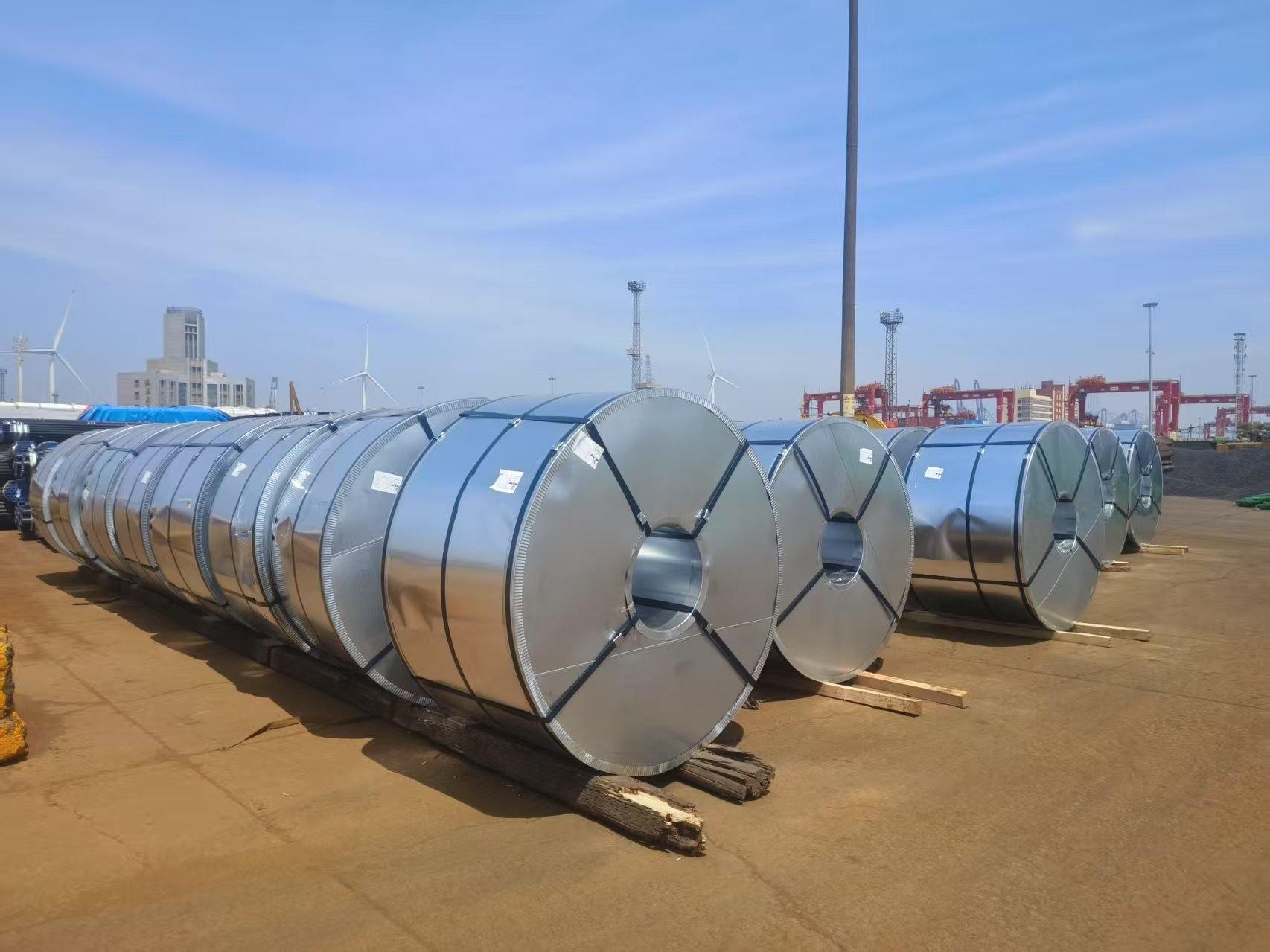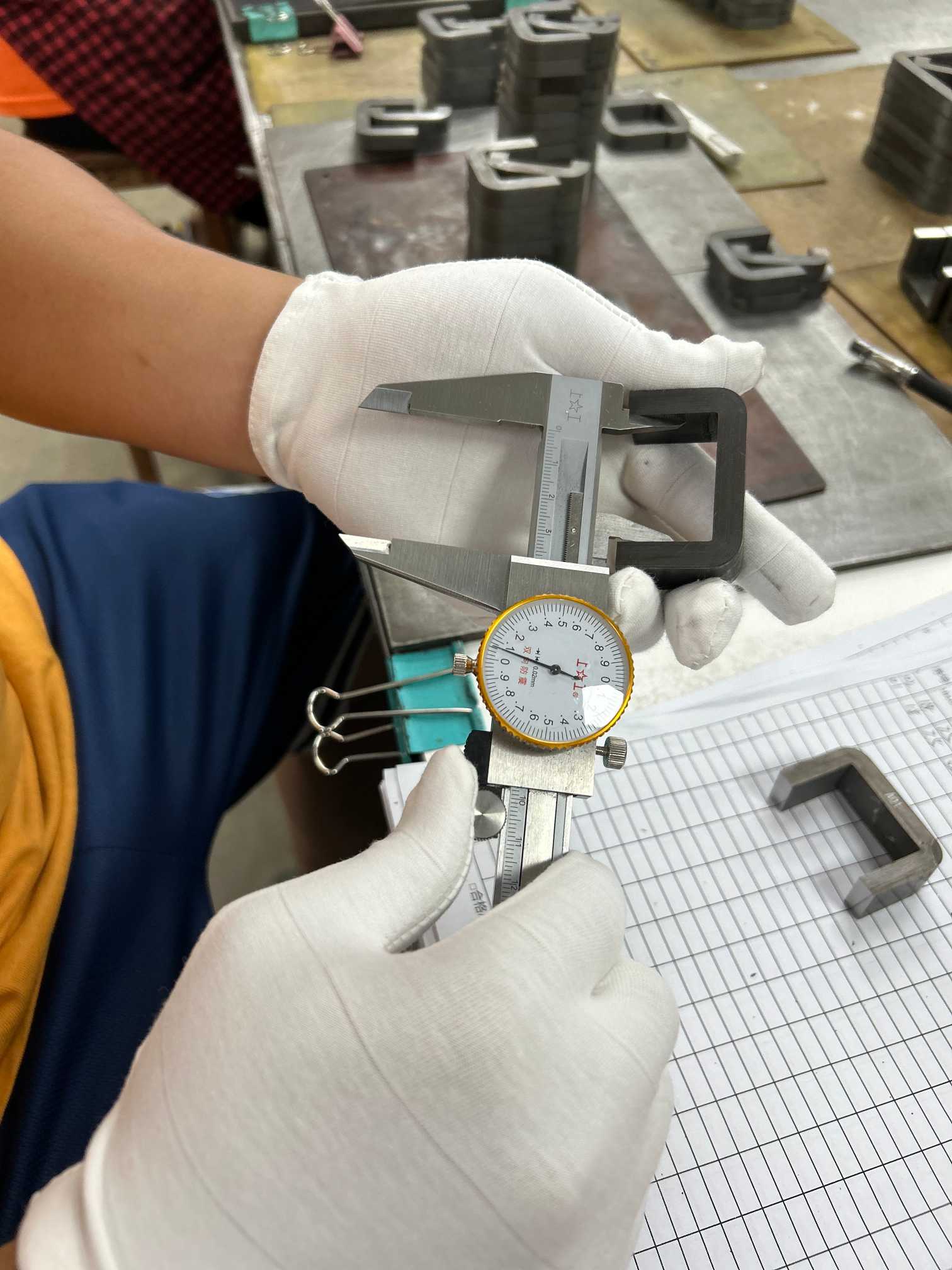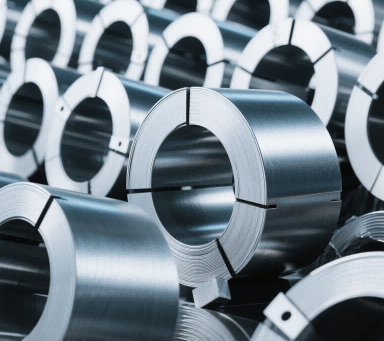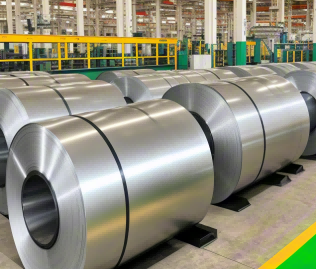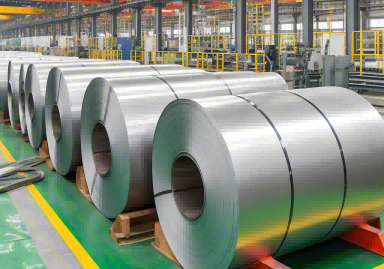If you’ve ever used a modern toilet in a home, office, or hotel, you may have noticed that many of them come with two flush buttons—one smaller, one larger. But why are there two buttons instead of just one? Is it just a trendy design, or is there a deeper reason behind this feature?
The Basic Function of Dual Flush Buttons
The two-button design allows for different levels of water usage. The smaller button is typically for a half flush (around 3 liters), ideal for liquid waste, while the larger button triggers a full flush (around 6 liters), suitable for solid waste. This system is known as a double button toilet flush, and it’s designed to give users more control over water consumption.
The buttons work in combination with a compatible dual-mode flush valve. When either button is pressed, it activates a different flushing volume based on internal valve mechanics.
Environmental Benefits and Water Efficiency
The primary purpose of this design is water conservation. Compared to traditional single-button or lever toilets that use a fixed amount of water per flush, dual flush systems can save thousands of liters of water per household each year.
For example, if a person uses the toilet five times a day and opts for the smaller flush three times, that alone could save nearly 10 liters of water daily. Multiply that across a family or commercial facility, and the savings are substantial—not only in terms of utility bills but also in reducing environmental impact.
Compatibility and Common Systems
Not all toilets are initially equipped for dual flush. However, many modern concealed and exposed cisterns now support this system. Older toilets can often be upgraded with a dual flush toilet button replacement, which typically involves replacing the existing flush valve and installing a new dual button plate.
Common compatible setups include:
- Dual flush valve with two-stage flushing (for top-mounted button panels)
- Dual flush button for toilet systems integrated with concealed cisterns
- Dual flush cable-operated valves, which support button mounting either on the top or side of the tank
When choosing a replacement or upgrading an existing toilet, be sure to check tank dimensions, button hole size, and valve height to ensure compatibility.
Conclusion: A Small Feature with a Big Impact
The dual flush toilet button may seem like a minor bathroom detail, but it reflects a broader shift toward efficiency and sustainability in modern design. It not only enhances user experience but also helps conserve precious resources every single day.
Whether you’re remodeling a bathroom or looking for a quick dual flush toilet button replacement, upgrading to a dual flush system is a simple, cost-effective way to make a positive impact.

